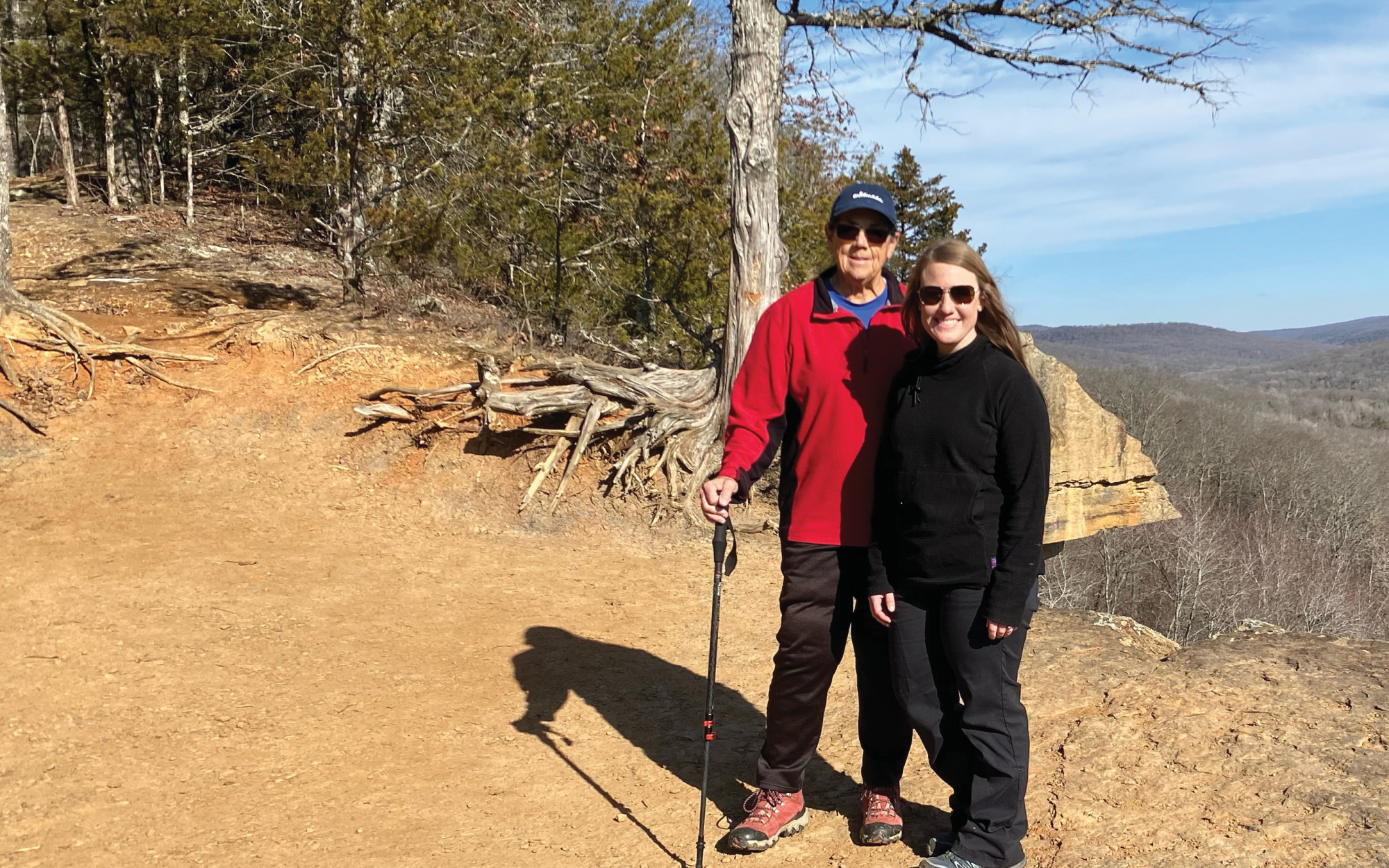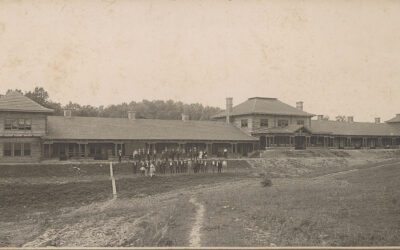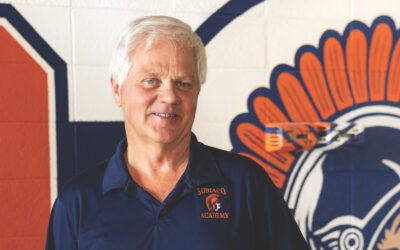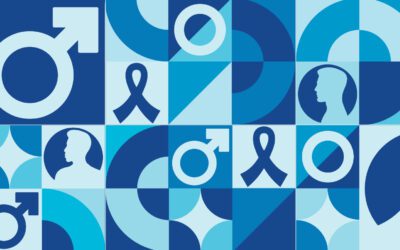Today, it is suddenly warm after weeks of unbridled cold. Remnants of snow remain in shady, undisturbed spots, the sun bouncing off the crystal flakes. Marilyn Hendershot stands in the noonday light, a white ball cap covering her salt-and-pepper hair, and she smiles the way only those who have been given a second chance can.
She has spent the morning on a pickleball court. At sixty-eight, she appears ready to run a race, hike a mountain, or head out on a trail ride.
Not so long ago, all those things would have been pipe dreams. In 2004, Marilyn was diagnosed with a rare kidney disease called Proliferative Glomerulonephritis with Monoclonal lgG Deposits. The finding shocked her; she’d only gone to the doctor with a summer cold she couldn’t shake. In passing, she mentioned how often she got up at night to go to the bathroom. “The central air conditioner would kick on and wake me up. I figured out later that’s what was causing me to wake up, that it was nothing physical. But that, too, was a God thing. Otherwise, I wouldn’t have known.” Marilyn says.
Her primary care physician listened and then ordered tests. “There was high protein in my urine.” The next day, Marilyn was waiting to see Dr. Rabideau (now retired), a nephrologist in Fort Smith, Arkansas. “My numbers were off the chart, and he ordered a kidney biopsy. When they sent the test results back to my doctor, they also sent a Journal of Medicine article, and said that they only knew of my case and about ten others. Three of those patients got worse and ended up on dialysis. Three got better. And three stayed stable.”
Marilyn then traveled to Mayo Clinic for further testing, where her diagnosis was confirmed. “They said they didn’t know why I had it. There was no way to treat it, and it was in both kidneys. So, I was monitored… Sometimes I’d feel bad, and I’d wonder if it was the disease or just getting older. Mostly, I just plowed through everything I wanted to do.”
Marilyn had grown up as a rough-and-tumble kid in a big family, in Van Buren. She shadowed her brother, Richard, who was closest in age, and matched him step for step in every adventure. They played football, shot BB guns and arrows. “When he got a cowboy hat and holster for Christmas, so did I. His was black, and mine was red.”
In 1979, she fell in love and married Randy, a neighborhood boy, and the two eventually bought twenty acres in the country, and then more land. In her thirties, she started riding horses. The Hendershots had three children, two boys and a girl, and they taught them to love the outdoors.
By 2017, Marilyn’s lab test results were worsening, so she decided to retire after thirty years with the United States Postal Service. In early 2018, her physician, Dr. Henry, had begun discussing dialysis or a kidney transplant.
Marilyn, whose friends describe her as “tough as a boot,” says, “I was somewhat dragging, but I’m kind of like the ostrich that puts her head in the sand. I thought I could push through it. I wasn’t going to let it slow me down.”
Her worsening condition triggered a family discussion with her husband and three children: Jake, Marie, and Nick. Marilyn, whose default setting is stoic, presses her lips together against rising emotion and says, “All three of my kids offered to be tested to see if they could donate a kidney.”
Marie, a nurse practitioner in Fayetteville, became her mother’s living donor. Marie was newly married, and Marilyn insisted that her son-in-law weigh in on the decision.
Marie recalls that time. “I knew how much of an effect dialysis would have on her life and wanted her to avoid it if possible. I also understood that kidney donors live normal, healthy lives. So, it was an easy decision; I had two kidneys and only one mom.”
In January 2019, Marilyn and Marie were in Oklahoma City at Integris Health Baptist Hospital. The women had confidence in their transplant team. “Everyone at Integris was fabulous,” she says. In that year alone, 24,294 people in the U.S. received a kidney transplant.
Marie had been anxious that day, but it was worth it. “After my surgery, and after I recovered enough to see her, there was a sense of relief. Seeing mom looking better, even right after surgery, was amazing.”
Marilyn, whose new kidney was working brilliantly, stayed on the hospital’s campus for ten days. She’d taken her coat and winter boots with her, thinking she could get some exercise while she was there. “I was so weak. I could barely make it to the shower. When I complained about my strength, my doctor said, ‘Marilyn, you’ve just had major surgery!’”
Because of the medical procedure and the high doses of immunosuppression drugs necessary in those early days, she had to be extra careful. For a time, she wasn’t allowed to walk outdoors, get too close to her grandchildren, or even fill the bird feeders on her property.
That didn’t stop her from moving. She treated her house like a walking trail, making loops through the rooms. Little by little, her strength came back.
Not long before her surgery, she’d lost her sweet horse, Kelly, which was heartbreaking. After her transplant, she figured her days of riding horses were over. But she believed she’d found a workaround. “I thought I could handle a mule,” she says.
In June 2019, Marilyn and Randy were set to celebrate their fortieth wedding anniversary. She was joking with her husband, a man she calls “a big, strong, funny, outdoorsy guy.” She told him, “I don’t want a diamond.” When he asked her what she did want, she told him about the mule.
Her old friend in Cedarville, Carl Franklin, had a mule that fit the bill. When she went to check her out, Carl told her she could take the mule home, see how she did, and pay him if it worked out. The mule was surefooted and gentle, exactly what Marilyn needed. Randy bought the animal as her anniversary gift. He named her Diamond – Marilyn adores her.
For Marilyn, life at sixty-eight is a full and happy one. Her daughter Marie recovered quickly and has a three-year-old, who now has a healthy grandmother.
Every year, on the anniversary of the transplant, Marilyn and Marie go hiking, something they both love. It’s a symbol of the strength and courage Marilyn instilled in Marie and how that strength and courage allowed Marie to save her mother’s life.
This is where the “happily ever after” should go, but life doesn’t always follow the script. Marilyn’s kidney is regularly tested. During one of those tests, the lab found the new kidney, incredibly healthy at the time of the transplant, was showing signs of the rare disease that had caused her original kidneys to fail.
When she found out, she told Marie, offering an apology. Her daughter had gone through so much on her behalf and now the outcome was uncertain. Marilyn tugs down the brim of her cap and her eyes fall into shadow. “But Marie said, ‘Mom, I would have done it if it gave you six more days.’” Such is the love between them.
Today, Marilyn is as strong as a diamond, and tomorrow, she plans to go on a trail ride. Every day of her life is a gift she unwraps every morning. Plus, she’s optimistic. Between her faith in God and the fact that she had fifteen good years after her first diagnosis, she has reason to rest easy. Does she fret? The answer is no. Why worry when she can pray?
More than 35 million Americans, or 1 in 7 people, suffer from kidney disease. To learn more about the disease and kidney donation, visit kidneyfund.org.




